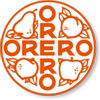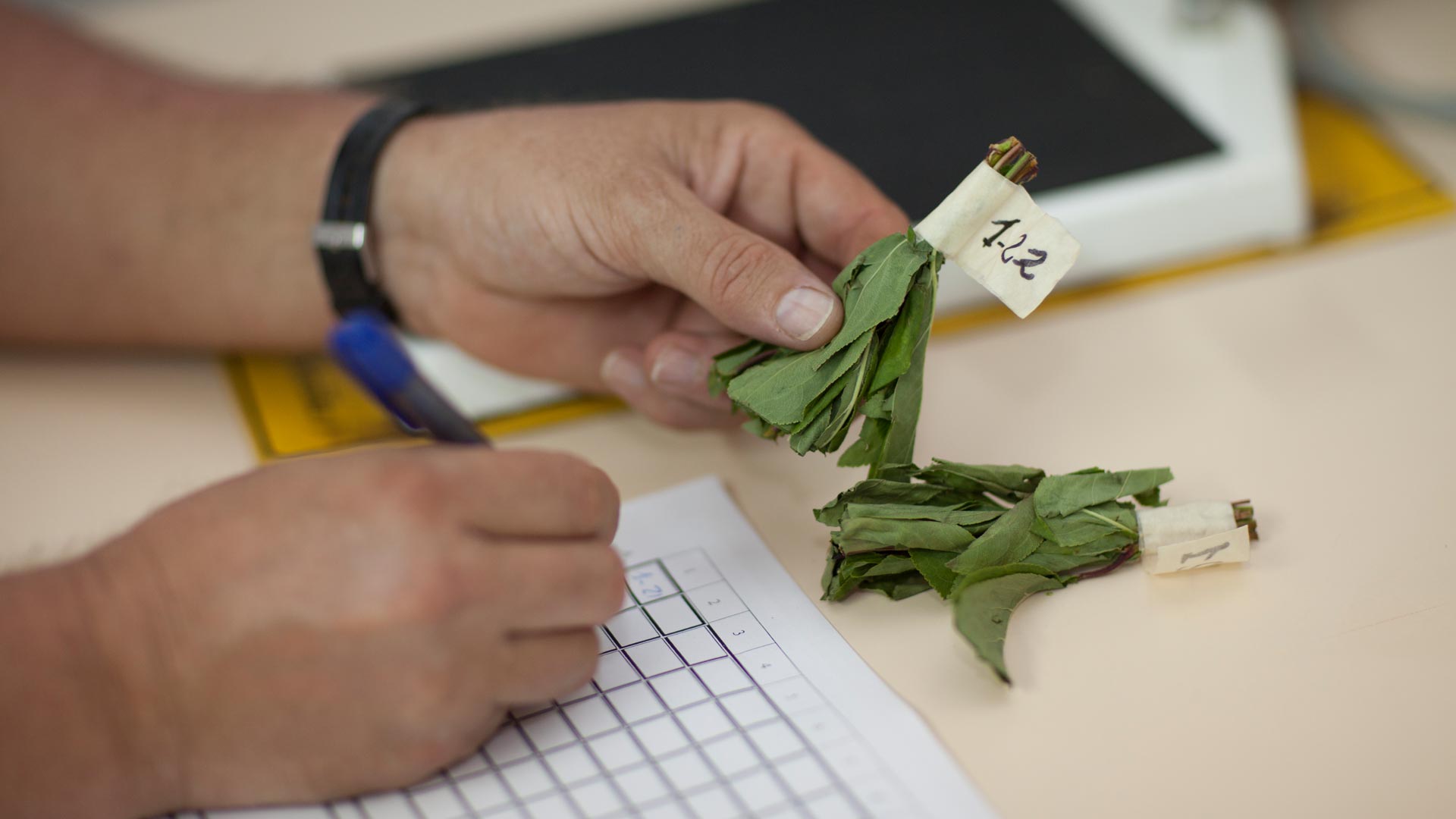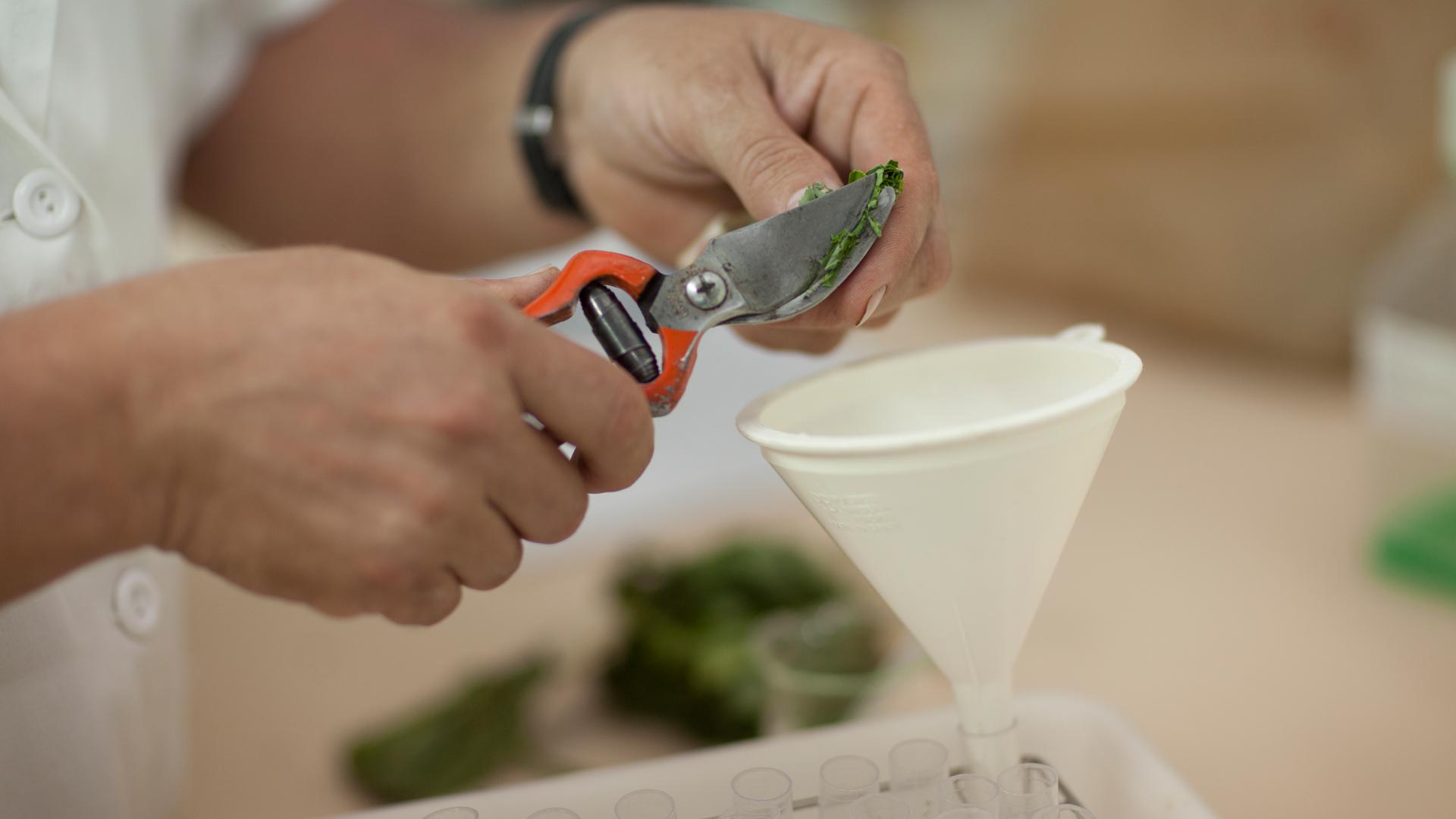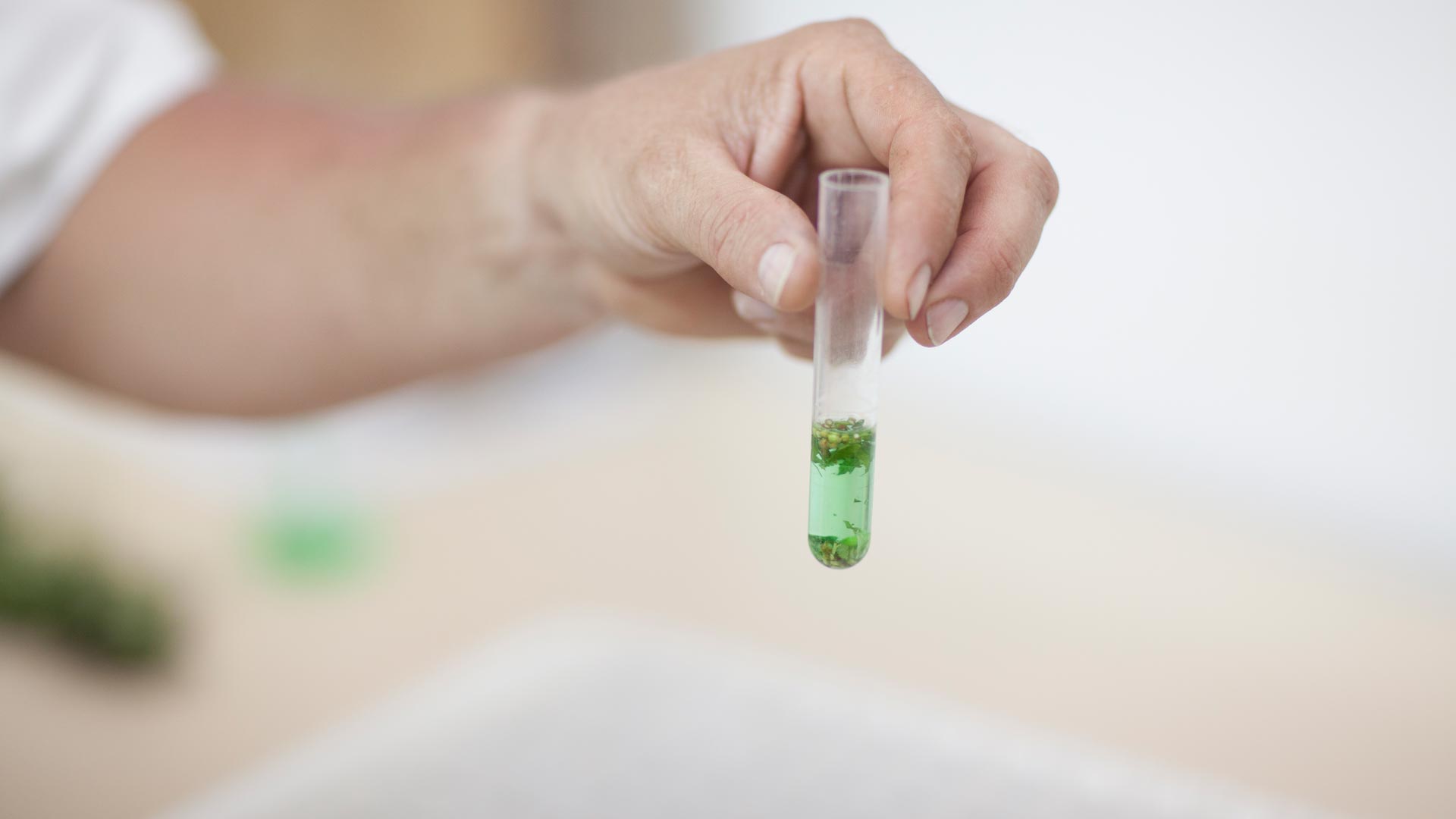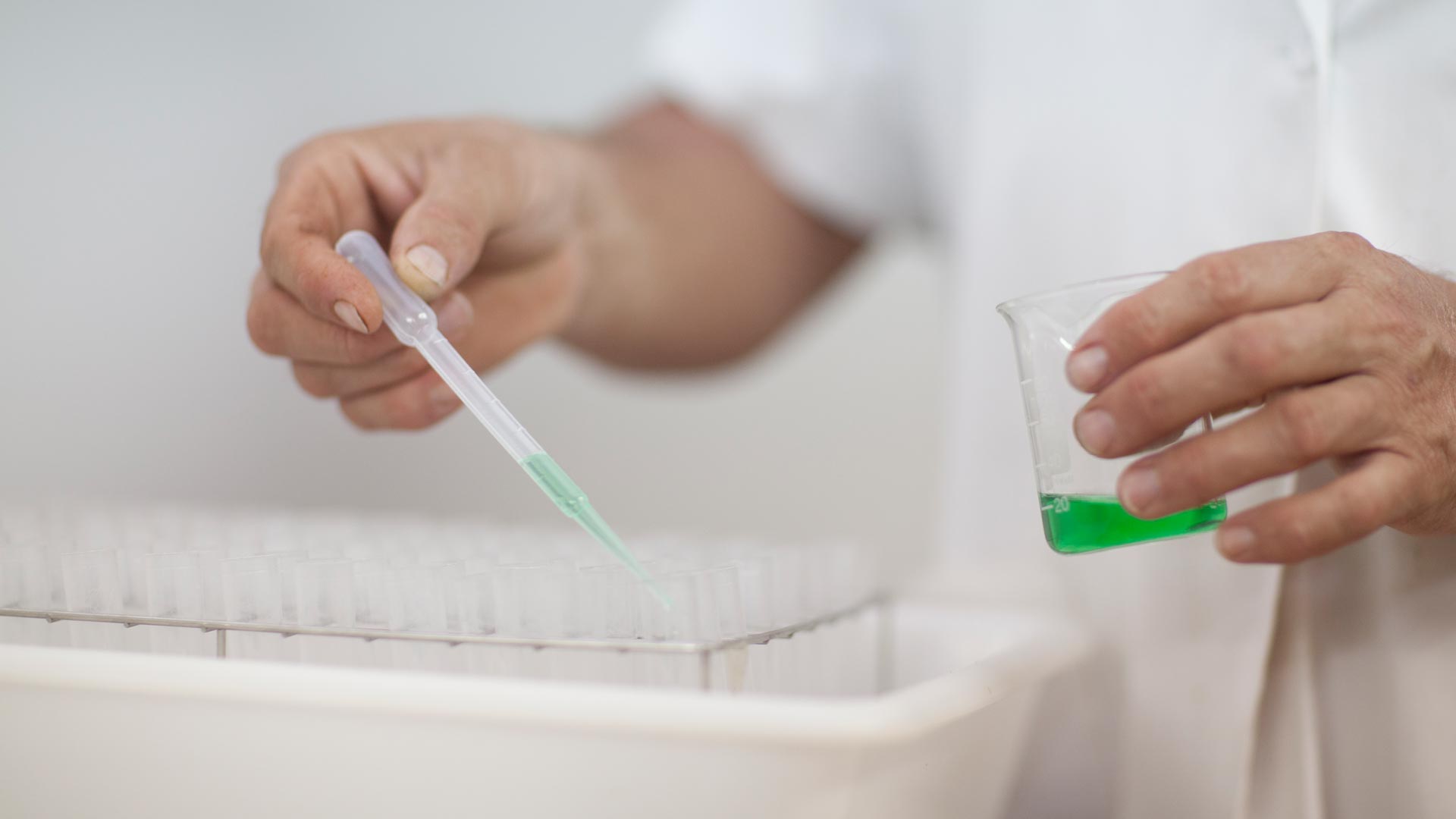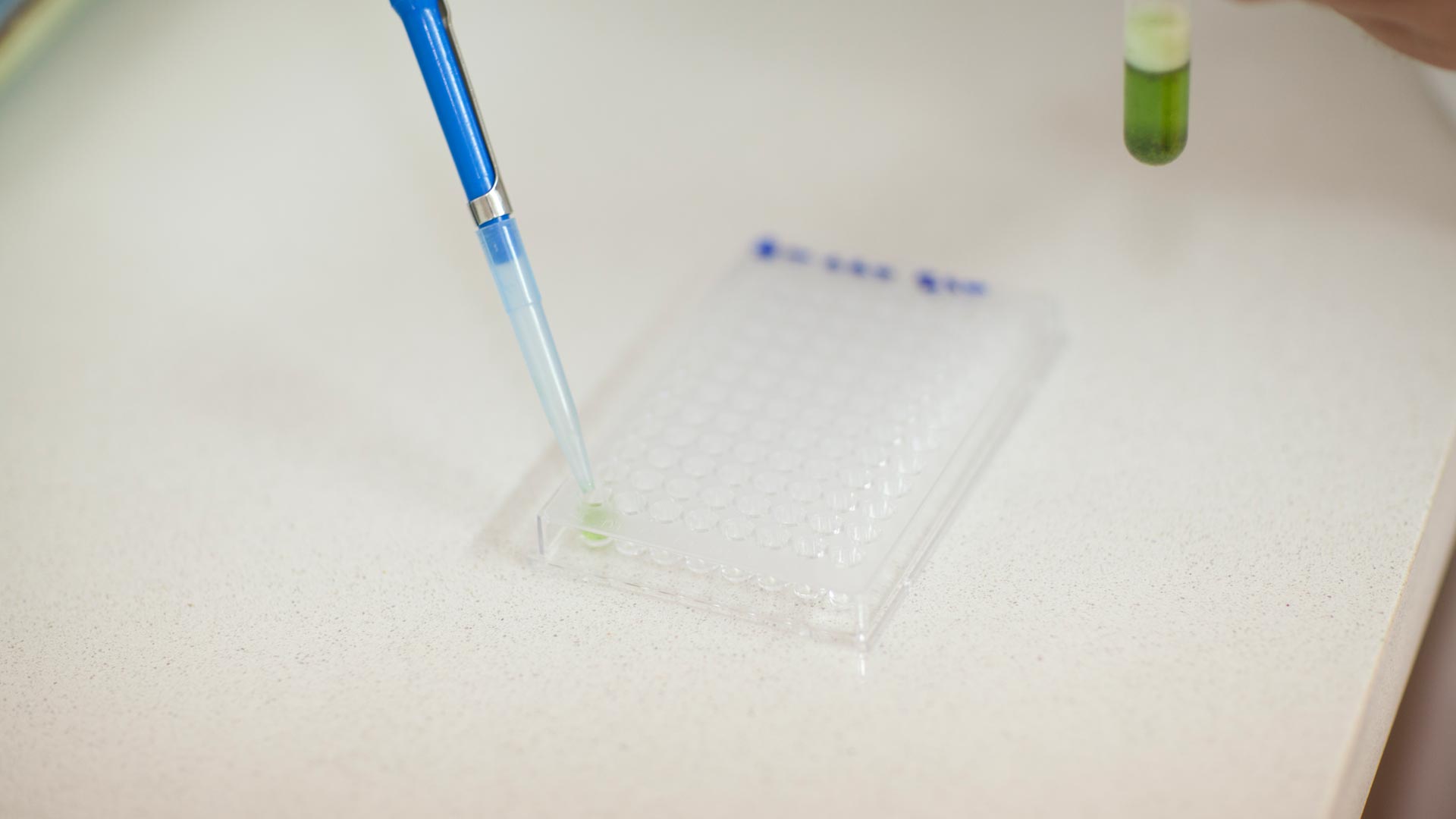Health
Every year, alerts on new pathogens increase because of the ease of humans and plant material to travel and transport new viruses, fungi, etc. to countries where they did not exist and where they are not known how to fight them.
In order to control this problem, there is a European regulation of plant control and certification where, through a series of periodic checks, the administration guarantees a traceability of the variety and health of the nursery.
At the end of the process the plant is labeled with a yellow or blue label, both of which guarantee sanitation and varietal authenticity.
From our side, our own laboratory for virus analysis and our own field of controlled mothers’ plants, from where we select the varieties, we multiply our rootstocks and we cut the budwood to graft the nursery. This field is the heart of our nursery: we analyze it annually, plant by plant, of the most aggressive viruses and we maintain a constant monitoring of the symptoms, as we would with our children.
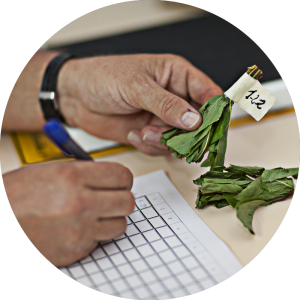
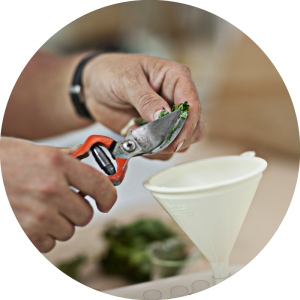
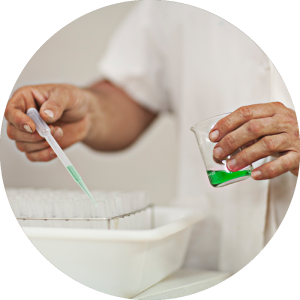
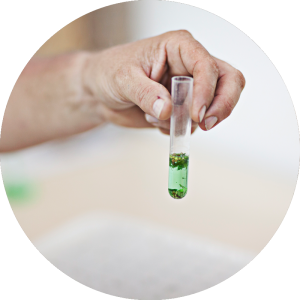
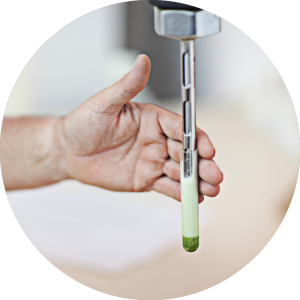
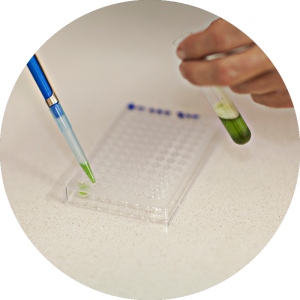
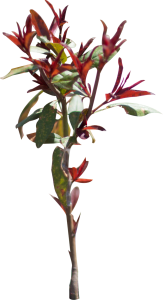
We take care of plants
The word NURSERY, makes more sense in this context, because we really care for plants as babies, until they grow to be transplanted and sold.
Certification of nursery plants
Graft-borne diseases cause significant economic damage to most of the fruit species we grow commercially. In general they cause decay, loss of vigor, reduction of the commercial life of the trees and fruit of poor quality, giving according to the climatic conditions high percentages of non commercial fruits.
For the control of these diseases it is essential to use high quality healthy seedlings in the new plantations. This measure is sufficient to control diseases that do not disperse naturally in the field. In the case of those that are dispersed, it is necessary to adopt additional measures, such as the use of resistant or less affected varieties, control of vectors or search for natural or artificial barriers.
For the production of healthy seedlings requires the establishment of three different but closely related programs: cleaning of varieties, quarantine for new imports, and certification that we are going to detail, since it is the one that is performed more directly in the nursery .
The certification system consists of a set of legal regulations for the different stages of propagation in the nursery and requirements for periodic testing of pathogens as well as visual inspections. It aims to produce certified seedlings to ensure that the initial health status and varietal authenticity are maintained during the propagation process in the nursery. In addition, the agronomic quality of the seedlings is checked as well as the varieties and rootstocks used are registered in the official Register of Commercial Varieties created from the Ministry of Agriculture.
Commercial propagation is controlled over five blocks:
- Protected reserve block: maintained by research institutions, and consists of plants free of pathogens obtained after sanitation or quarantine. They are kept in insect proof greenhouses that prevent reinfestation. This block is the source of buds to start the process.
- Blocks of BASE mother trees: This block is established in the nursery. This are field trees propagated from the buds of the reserve block, and their objective is to produce buds for the intensive propagation of them, at the same time that the varietal authenticity is confirmed every year. It may be insufficient and for some varieties we have to use the following:
- Block of multiplication of buds or Mother of Certificate: mainly its objective is to reduce the number of base trees, since they serve for the same, but in this case its duration is limited depending on species and viruses.
- Block of tree-producing rootstocks: the same process described for varieties so far, is applied to obtain rootstocks either by seed, cuttings and layers.
- Certified seedlings are obtained by grafting buds from the multiplication block on the rootstocks obtained from block 4. These seedlings are inspected periodically by the competent official services that guarantee that they meet the requirements of morphological quality (height, diameter, etc.). ) And check the absence of pests indicated in the certification program.
A very important aspect is the labeling of the plants individually according to the following model:
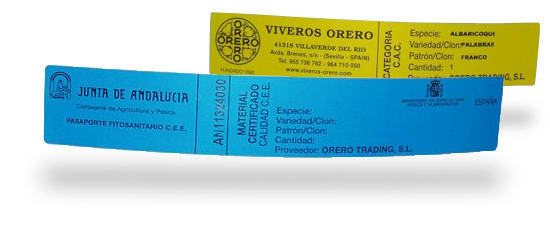
This label meets all the guarantees described above.
